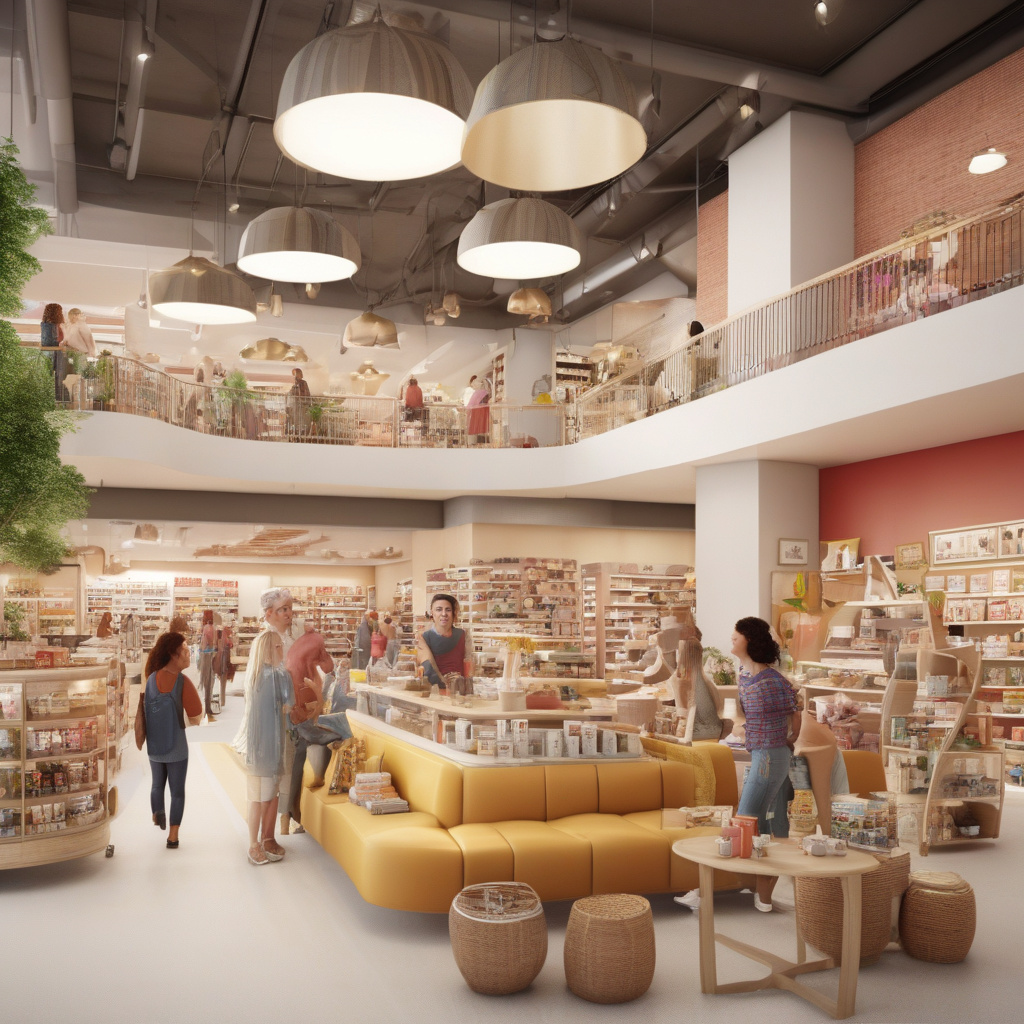Can a Store Ever Be a ‘Third Place’?
In an age where online shopping reigns supreme, brick-and-mortar stores are facing a pivotal moment. Traditional retail spaces are no longer just about transactions; they are transforming into experiential hubs where customers can linger, socialize, and connect. This shift is giving rise to the concept of stores as the “third place,” a term coined by sociologist Ray Oldenburg to describe a space where people congregate outside of their homes (the first place) and workplaces (the second place). From listening bars to in-store cafés, brands are reimagining stores as gathering spots. But whether these commerce-driven hangouts can foster true community is still up for debate.
One prime example of this trend is the rise of in-store cafés in retail establishments. Companies like Starbucks and Barnes & Noble have long capitalized on the idea of creating cozy coffee shops within their stores to encourage customers to relax and spend more time browsing. These cafés not only drive foot traffic but also enhance the overall shopping experience, blurring the lines between retail and hospitality. By offering a comfortable space to unwind, these brands are positioning themselves as more than just places to buy products; they are positioning themselves as destinations where people can socialize and unwind.
Another emerging trend is the concept of listening bars, which are popping up in select retail locations. These bars offer a curated selection of music for customers to enjoy while they shop. By creating a sensory-rich environment, brands are aiming to engage customers on a deeper level and create a sense of community around shared interests. While still niche, listening bars represent a creative way for brands to differentiate themselves in a crowded marketplace and attract customers looking for unique experiences.
However, the question remains: can a store truly become a ‘third place’ that fosters genuine community? While these initiatives are undoubtedly innovative, some critics argue that they are ultimately driven by commercial interests rather than a genuine desire to build connections. In a society where authenticity is highly valued, brands walk a fine line between creating meaningful experiences and coming across as inauthentic or opportunistic.
One way that brands can overcome this challenge is by focusing on building relationships with their customers beyond the transactional level. By hosting community events, workshops, or meetups, brands can create opportunities for like-minded individuals to come together and form genuine connections. For example, outdoor retailer REI is known for organizing hiking excursions and camping trips for its customers, fostering a sense of camaraderie among outdoor enthusiasts.
Ultimately, whether a store can successfully become a ‘third place’ depends on its ability to authentically engage with its community and create a welcoming environment that goes beyond selling products. By prioritizing experiences over transactions and fostering a sense of belonging, brands can transform their stores into true gathering spots where customers feel a sense of connection and community.
In conclusion, the concept of stores as ‘third places’ represents an exciting evolution in the retail industry. By reimagining traditional retail spaces as hubs for community and connection, brands have the opportunity to differentiate themselves in a competitive landscape and create lasting relationships with their customers. While the road to becoming a true ‘third place’ may be challenging, the potential payoff in terms of customer loyalty and brand advocacy is well worth the effort.
community, retail, experiences, connections, relationships












